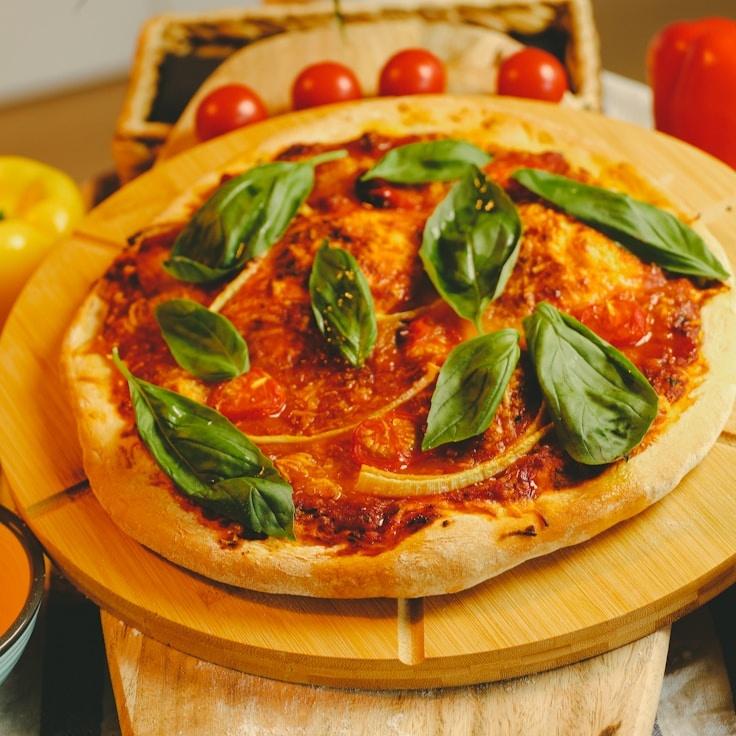At Dough Maestro's Pizzeria, we're passionate about creating the ultimate pizza experience, which begins with top-notch dough. Over thirty years, we've honed our dough recipe, and now we're thrilled to divulge some insider tips. While the precise recipe remains our closely-guarded treasure, these fundamentals will help you achieve professional-grade pizza dough in your kitchen.
Choosing the Right Flour
The backbone of any excellent pizza dough is first-rate flour. 00 flour is our top pick, as it's a finely milled Italian flour that contains a moderate protein level (approximately 12%), striking a delicate balance between elasticity and softness. If 00 flour eludes you, bread flour can serve as a decent alternative, albeit with a minute texture change.
Water Properties and Dough Moisture
The water's warmth plays a crucial role in the timeframe of fermentation and the dough's integrity. If you're aiming for a longer fermentation (which enhances the taste), go for cold water, about 45°F (7°C). For a swifter fermentation process, warm water, approximately 85°F (29°C), is ideal. Additionally, maintaining a water-to-flour ratio in the realm of 60-70% suits most home baking environments.
Gentle Yeast Use, Lengthy Fermentation
A pivotal secret to tasty dough is minimal yeast and extended fermentation. Our recipe uses a mere 0.2% of fresh yeast by flour weight and lets it ferment for 24-48 hours. This permits the flavors to flourish and results in a dough that's not only delicious but also more digestible.
Salt's Role Beyond Taste
Salt plays a multifaceted role in your dough: enhancing taste, reinforcing the gluten network, and moderating fermentation. Adding fine sea salt at a ratio of 2.5-3% to your flour weight is our suggestion. Introduce it once your flour and water start to merge, keeping it away from the yeast initially.
The Craft of Fermentation
Post-mixing, give your dough a bulk fermentation at room temp for a couple of hours, and then portion it into balls. Place them into sealed containers and refrigerate for 24-72 hours. It's during this cold fermentation where transformation occurs—enzymes convert starches into sugars, enriching the taste and contributing to the crust's golden hue.
Delicate Dough Treatment
Upon deciding to craft your pie, take out the dough from the cold storage 1-2 hours ahead of baking to allow it to reach room temperature. When it comes to stretching your dough, be tender, preserving the built-up air pockets. Instead of rolling, use your digits to press and stretch, maintaining the structure.
Intense Heat's Finishing Impact
Though our specialized ovens can skyrocket to 850°F (454°C), most residential ovens peak around 550°F (288°C). To mimic professional conditions, heat your pizza stone or steel well, at least an hour in advance. This ensures the fierce underheat needed to render a crispy outer crust and a fluffy interior.
The mastery of pizza dough is a continuous path with each preparation offering new insights. Document your results, tweak the variables, and explore what yields the best in your home kitchen.
To witness our dough crafting firsthand, consider attending one of our monthly pizza classes hosted by Chef Adrian. Visit our event calendar for the latest schedule!

